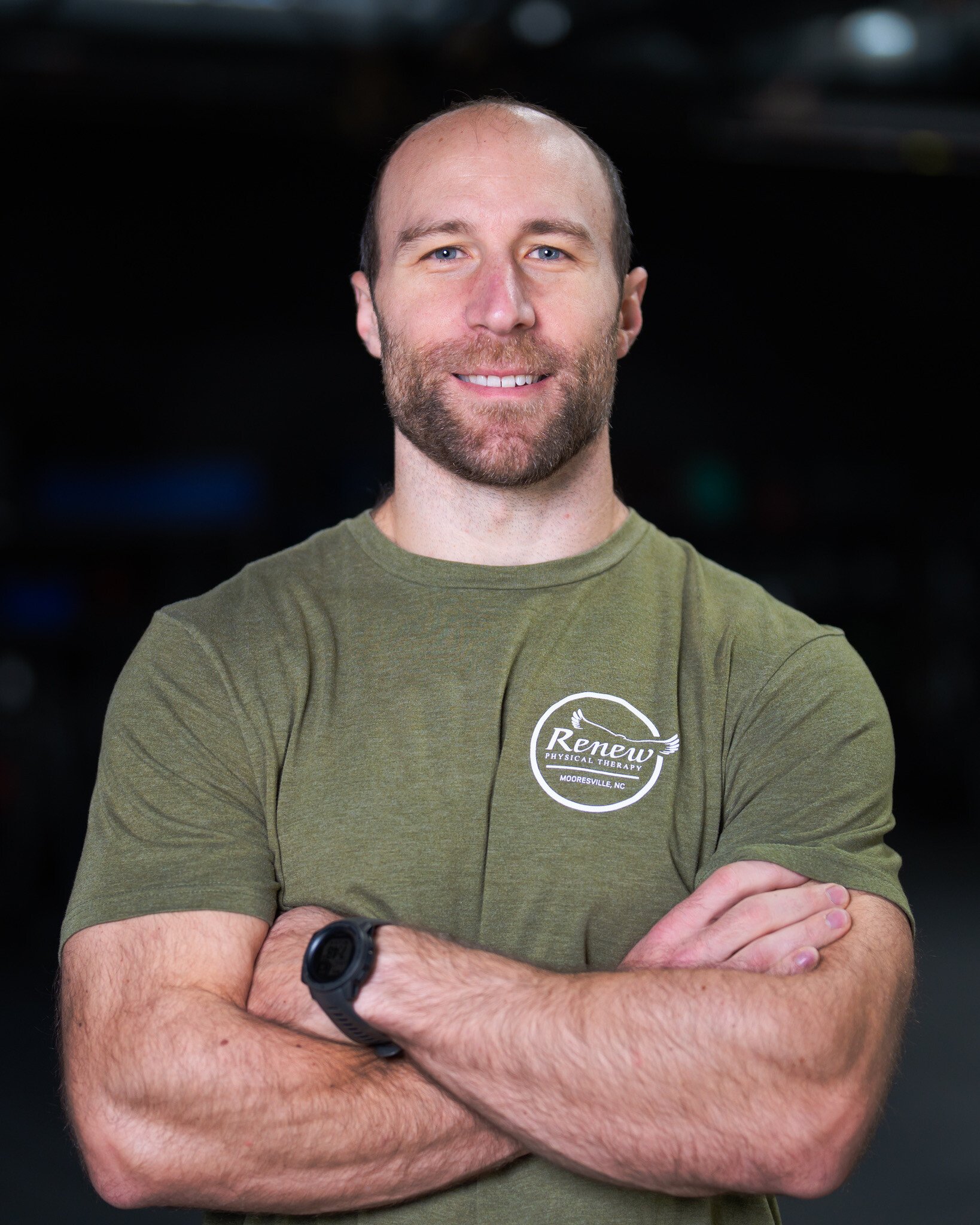How to Rehab a Rotator Cuff Injury: A Step-by-Step Guide
The rotator cuff is a group of muscles and tendons that stabilize the shoulder joint. Injuries to the rotator cuff, such as tears or strains, are common, and many people walk around with them without even knowing it. We don't say that to scare you but to empower you. You can get back to pain free! Proper rehab is crucial for recovery and preventing further damage. Here's a step-by-step guide on how to rehab a rotator cuff injury:
1. Give us a call
We will take the guesswork out with a personalized plan of action!
2. Rest and Protect
In the initial phase of the injury, rest is important. Rest does not mean do nothing! But we are giving you permission to avoid activities that strain the area. We do want to gently move the shoulder to make sure we keep full range of motion.
- Sliding the arm up a wall or on a table could be a great option for this.
3. Skip the Ice but Manage Pain
Immediately applying ice to the shoulder for 15-20 minutes every few hours during the first few days can blunt the inflammatory response. But isn't inflammation bad!?! Only when the injury was months ago. At this stage in the game, it's exactly what you need. Manage pain with natural remedies like arnica, magnesium, positioning, and CBD.
4. Work Out Other Areas of the Body
Working the unaffected side can actually help the injured side. Your body has mirror neurons that will continue to send signals to the injured side when you use your unaffected side.
Example Exercise:
- One armed presses, curls and rows
- Go on a walk, or ride a recumbent bike
- Back squat, deadlift and lunge
5. Strengthening Exercises
After regaining some mobility, strengthening exercises for the rotator cuff muscles and shoulder stabilizers are essential. You may need to start with low-resistance, high rep exercises. The goal is to rebuild strength with progressive loading of the injured area.
Example Exercise: Rotation with Resistance Band
- Attach a resistance band to a stable surface.
- Hold the band with your elbow bent at a 90-degree angle, keeping your elbow close to your body.
- Slowly rotate your arm outward, then return to the starting position (perform inward and downward also).
- Perform 2-3 sets of 10-15 repetitions.
6. Progress Gradually
We don't want to stay at the bands for very long. Building back to the dumbbell and barbell should be the goal no matter your age.
Example Exercise:
- Shoulder press
- Bench press
- Row
- Pull-up
7. Use This Time to Perfect Form
Improving shoulder stability positioning is crucial to prevent future injuries. Work through the full range of motion but make sure you are able to keep proper positioning. This is likely what contributed to the injury in the first place. If you don't know what is good positioning, give us a call. We are experts in this area and love helping people reach new goals.
Common Faults:
- Only training part of the range of motion - then life suddenly takes you into an unused range and you get hurt.
- Forward rounded shoulders when pressing overhead - this strains the shoulder
- Missing awareness of what is happening at the core - it's hard for the shoulder to stabilize when the core is on vacation.
8. Return to Activity Gradually
Once your shoulder has regained strength and flexibility, gradually return to your regular activities. Slow and steady here is the fast way. As long as you are incremental, you can keep adding more weight and speed without fear.
9. Prevent Future Injuries
To prevent future rotator cuff injuries, incorporate regular shoulder strengthening exercises into your routine. Focus on maintaining proper positioning during activities and avoid overloading your shoulders with repetitive loading in all directions. And never skip the warm-up!
Conclusion
Rehabilitating a rotator cuff injury requires patience, consistency, and a gradual approach. By following a structured rehab plan, you can regain strength and mobility in your shoulder while reducing the risk of re-injury. Always listen to your body and consult a professional if you experience any setbacks or increased pain during the process.





